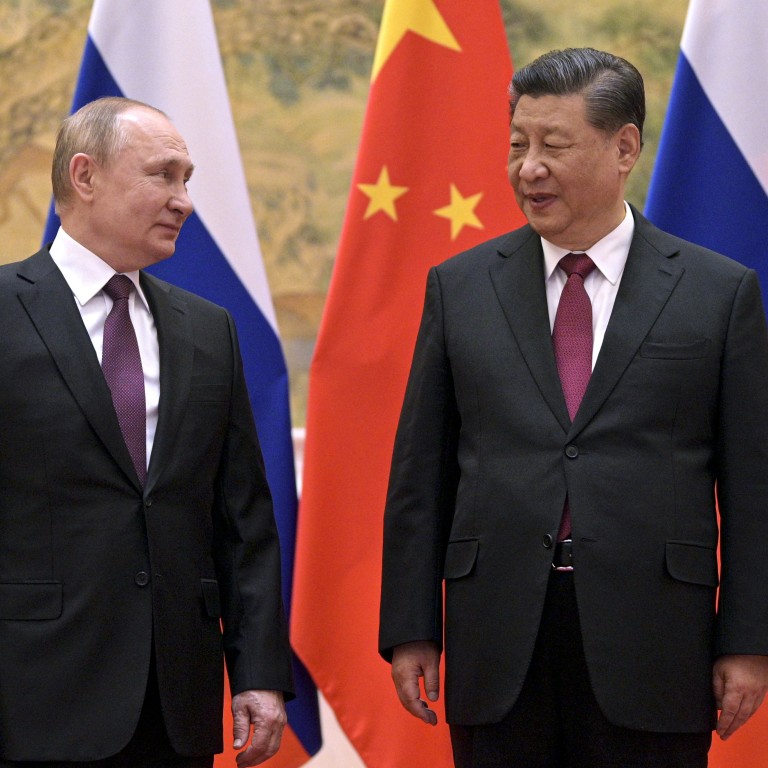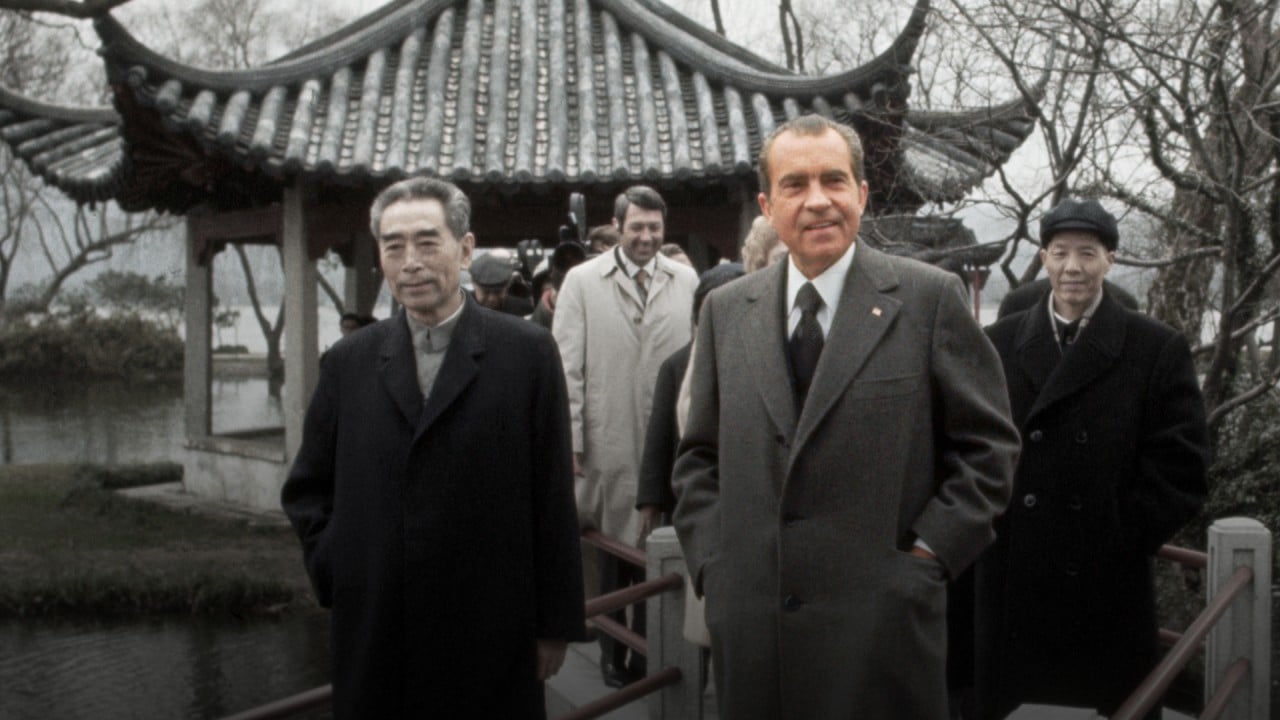
A bipolar world is re-emerging, as China and Russia join hands
- In a joint statement on a new era of international relations, Xi and Putin have thrown down the gauntlet to the US-led world order
- Those who thought history had come to an end with the collapse of communism in the USSR might have another think coming
Beijing and Moscow have good reason to feel isolated and unloved these days, and in their loneliness they have found each other. The two erstwhile fraternal communist giants are closer to an alliance than they have been since Mao Zedong broke with Moscow during the Cuban missile crisis in 1962.
There’s still plenty of disparity between the national interests of China and Russia, but faced by containment on all sides, they are finding important points in common, too.
Journalist Robert Scheer describes the statement as a “historic articulation of the major shift under way from the unipolar world that has existed since the fall of the Soviet Union”.
Xi and Putin have, for now, joined forces to throw down the gauntlet to the US-led world order.
“Enemies of My Enemy: How Fear of China Is Forging a New World Order” by Michael Beckley, published in the latest issue of Foreign Affairs, gives useful background to the current rearranging of the global chessboard.
Although Beckley’s conclusion that the US must prevail is open to question, he argues rather convincingly that niceties like “the liberal order” don’t exist in a vacuum but need an enemy.
The Axis-versus-Allies fight divided the world into camps in the second world war, while the Cold War, which was mercifully more smoke than fire, was never short on fear. The “free world” wasn’t uniformly free, but it was effectively united against the “Reds”. Allies were courted and whipped into line based on terrors both real and imagined.
The Sino-Soviet split brought the fault lines of the Red world into the open, cracking the bipolar order. This led to the Sino-American rapprochement, which served to corner Russia.
The collapse of communism in the Soviet Union and Eastern Europe was a political earthquake that informs the slightly paranoid world view of Xi and Putin to this day.
The old duality began to erode and, depending on where you stood, either history had come to an end, with the US and its capitalist allies running a victory lap around the rubble of the discredited communist system, or as it might appear from Moscow and Beijing, it was not the end of history but merely a chapter in which it was necessary to lay low.
There were genuine feel-good moments during the high tide of cultural exchange and booming trade, but a careful read of what China was saying all along suggests that the much-heralded US-China partnership was provisional.
“You Should Look Back”, by Geremie Barmé for China Heritage, is a useful China watcher’s compendium which suggests not so much that China has changed under Xi, as that it has been going in this direction all along.
In Russia, KGB-trained martial arts enthusiast Putin stepped into the ring with a sense of purpose and he is still in the ring, still trying to restore lost glory and lost territory.
In Ukraine today, moves and countermoves by the newly assertive Russia and the US are attempts to get the other side to blink first.
Trade between the two giant neighbours would go a long way towards reducing the impact of sanctions, and having each other’s back could make a huge difference if fighting breaks out in either realm.
Philip J. Cunningham has been a regular visitor to China since 1983, working as a tour guide, TV producer, freelance writer, independent scholar and teacher



